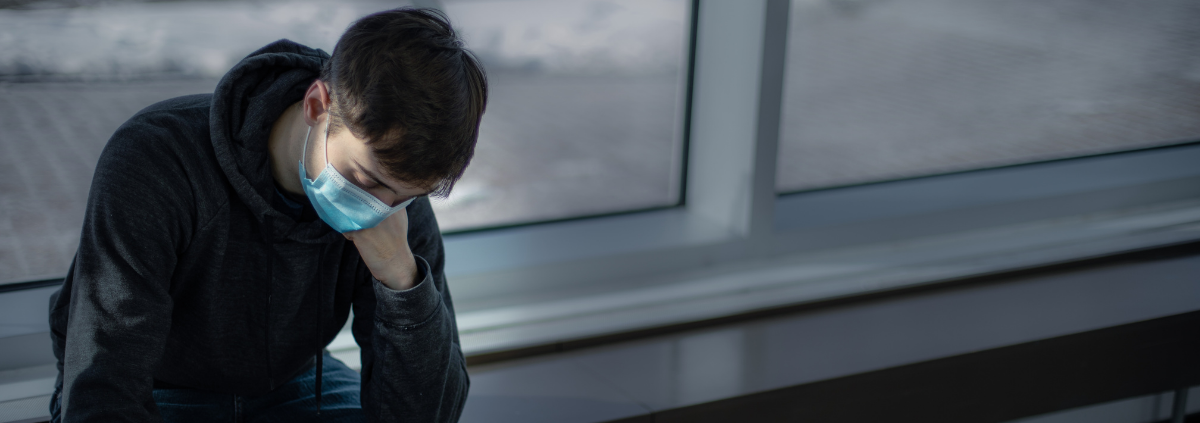The Pandemic & The Effect on Youth Mental Health
Prior to the pandemic, we were seeing increases in children faced with mental health struggles. Since the pandemic began, it has hit astronomical heights.
In late 2021, The American Academy of Pediatrics, the American Academy of Child and Adolescent Psychiatry, and the Children’s Hospital Association put out a joint statement declaring a National Emergency in Child and Adolescent Mental Health.
Due to the adversities and disruptions faced on a global level, an already growing issue facing our youth of increased anxiety, depression, and attempted suicide has set alarm bells off for advocacy groups who are fighting to address and change the systemic complications that inhibit a child’s access to support.
Complicated access to youth mental health support
Schools are often the first place that can recognize and offer support for children dealing with mental health struggles. When students are learning virtually, it’s much harder for teachers and school staff to identify problems, and it can be a lengthy process in getting them support through public education resources. This is made even more complicated by budgets stretched to their breaking points and schools being chronically understaffed.
A lack of support at school to include parent advocates and educators makes it difficult for families who are already facing external struggles to know where to turn or the right steps to take to protect and support their kids.
While this is a complex issue with no easy fix, there are some steps you can take if you experience or suspect a child is facing mental health struggles.
Addressing the problem and finding solutions
Indicators that a child is struggling with their mental wellbeing include difficulty in school isolation from peers and social anxiety, low self-esteem, poor focus, mental exhaustion, and loss of social skills. If you have children and haven’t experienced ANY of these, count yourself among the extremely lucky few.
If you have, there are a number of ways you can begin to address these struggles and help your child regain feelings of empowerment, joy, and resilience.
First Step: Check in with yourself.
If you are a child’s caregiver, you are their most important ally in regaining mental health. That’s next to impossible if your own struggles aren’t being addressed and possibly treated. Put your oxygen mask on first and reach out for support. You can talk to your doctor about lifestyle changes, and possible further interventions to help you deal with struggles ranging from extra stress and anxiety to depression and chronic mental illness.
Adjusting to the new normal
It’s important for all of us to reintegrate social interaction into our lives. It feeds our mental wellbeing to build and nurture positive relationships with friends and family. Check out this blog post that gives tips for reintegrating back into a new normal after the traumas and isolation of the pandemic.
We are all in this together
Parents can reach out to their child’s school or doctor to help connect them with agencies that can offer the deeper level of support needed. Your child’s school may not be able to address it within its walls alone, but many public schools have access to public services that might be appropriate for your child.
Child psychiatrists and therapists can help by using a variety of evidence-based treatments including play therapy, family therapy, cognitive behavioral therapy, and medication treatment if needed. They will work with the child’s parents, teachers, pediatricians, and other relevant people to help kids improve their overall function and wellbeing in school, home, and elsewhere.
There is no easy answer or one size fits all solution to addressing this critical issue among our youth. If you need help figuring out the next best step, reach out to our team of doctors and therapists at Hudson Psychiatric Associates to learn more.

